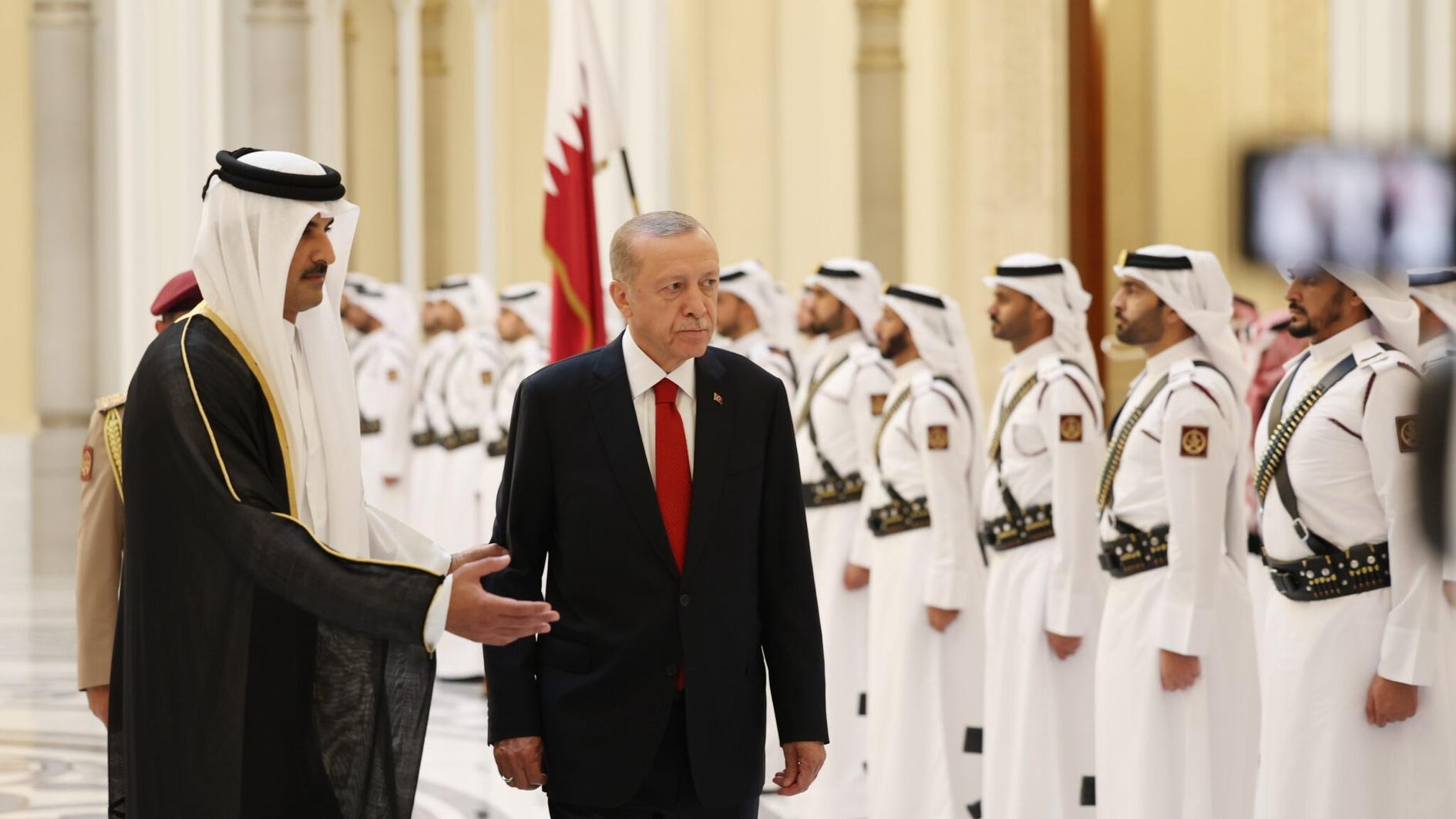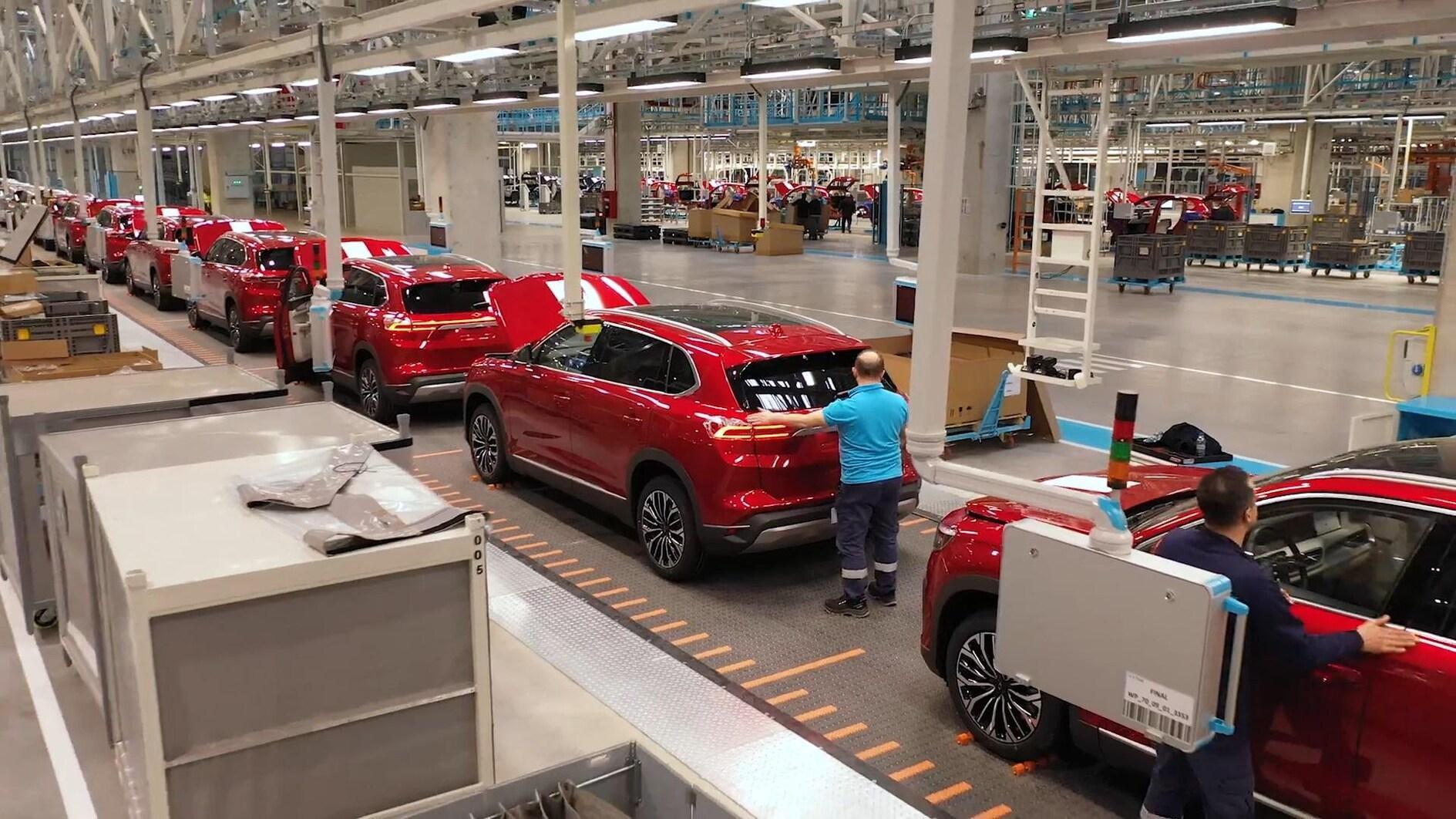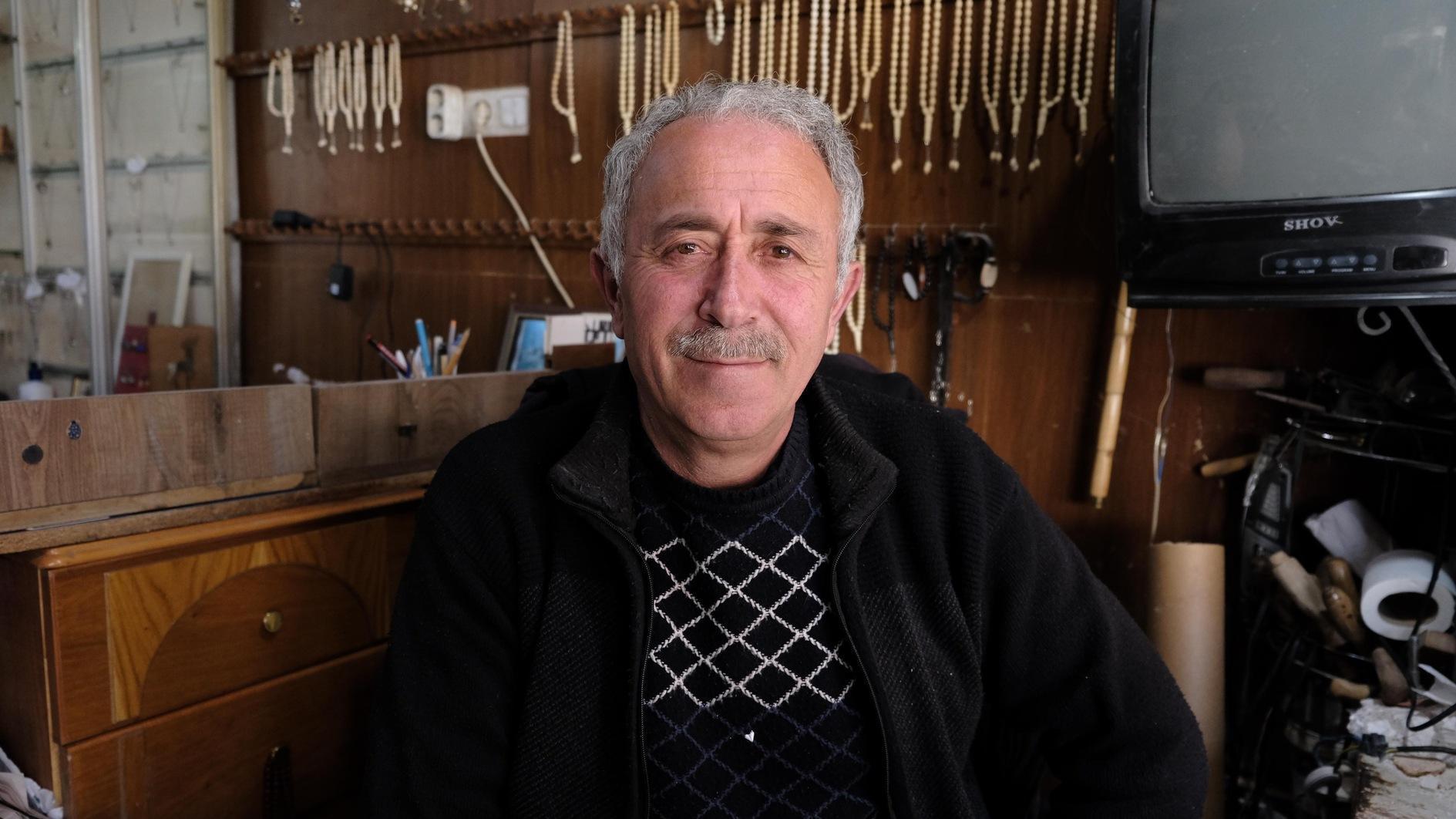What is Turkey doing while China gets close to Europe through the Silk Road?
How many years will it take for China to become a “superpower”? This was the first question that came to my mind when I recently noticed in the supermarket that the even the pumpkin seeds I bought had been imported from China. It is quite bizarre that Turkey imports the pumpkin seeds from China, when its people may be considered the world champions in the eating of pumpkin seeds, a favourite snack in the country.
But I also had another shock. To my surprise, the raw ingredient of the tomato sauce on top of Italian pizzas also comes from China.
According to French journalist Jean Baptise Malet, who researches the global tomato industry in his book “Red Gold’s Empire,” Italians buy the tomato puree from China, add water, salt, etc., and market it with a “Made in Italy” marker. I will return to this interesting subject again at the earliest possible opportunity.
But today’s main topic is Chinese leader Xi Jinping’s $900 billion project, dubbed the “New Silk Road.”
China’s project, which has been promoted through intense lobbying activities, involves 4 billion people and 60 countries with two sub-projects: The “Silk Road Economy Zone” and the “21st Century Sea Silk Route.”
Beijing aims to achieve more than one thing at once with modern history’s most extensive development project, promoted as “One Belt, One Road” (OBOR). These aims include ensuring political superiority over its neighbours, eliminating regional inequality, fusing capacity surplus by entering new markets, and shifting production from east to west.
One of China’s biggest fears of is the flocking of Chinese producers to Southeast Asia. For this reason, while they are shift production to the west, they also plan to open production space for nearly 240 million Chinese farmers.
One of their biggest goals is to open the country’s west to Europe, which is now their biggest commercial partner.
According to World Bank data, the Chinese economy is currently worth almost half of the EU economy ($18.5 trillion versus $10.4 trillion).
The new Silk Road will certainly enhance trade by drawing China and the EU closer to each other. In recent months, progress was made on bringing China and Europe closer together, and it involves Turkey. One of Turkey’s leading logistics companies, Ekol, has started a train service between China and Hungary, putting a project of its company in Hungary into operation.
Ahmet Musul, the chairman of the executive board of Ekol, told me that the train, put into service at the beginning of April, covered a distance of 9,300 kilometres, reaching Budapest through Kazakhstan, Russia, Belarus, Poland and Slovakia. Thanks to a subsidy from the Chinese government, today three trains are departing from the city of Yiwu to Budapest.
“A train departing from the east of China arrives in Hungary in 17 days. In the past, products reached Europe in two months by sea and train,” Musul said.
The key point is this: Within the new Silk Road, as long as China shifts production west and makes its infrastructure stronger, products from China will be able to reach Europe in a shorter period. “In five years, China might be able to transport its products to Europe in seven or eight days,” Musul added.
He also said they planned to increase train services and connect China to other European cities in the future.
Listening to all this, a number of questions sprung to my mind. For example, how will China and Europe getting closer influence our sectors, such as the textile sector?
Also, have we not for many years been hearing that Turkey had a competitive advantage in the sector against China due to the shorter distance between Turkey and Europe? This being the case, are we losing this advantage? What’s more, will our electronics and white goods sectors be affected by all this?
In sum, as China gets closer to Europe, is Turkey developing any serious strategy?











